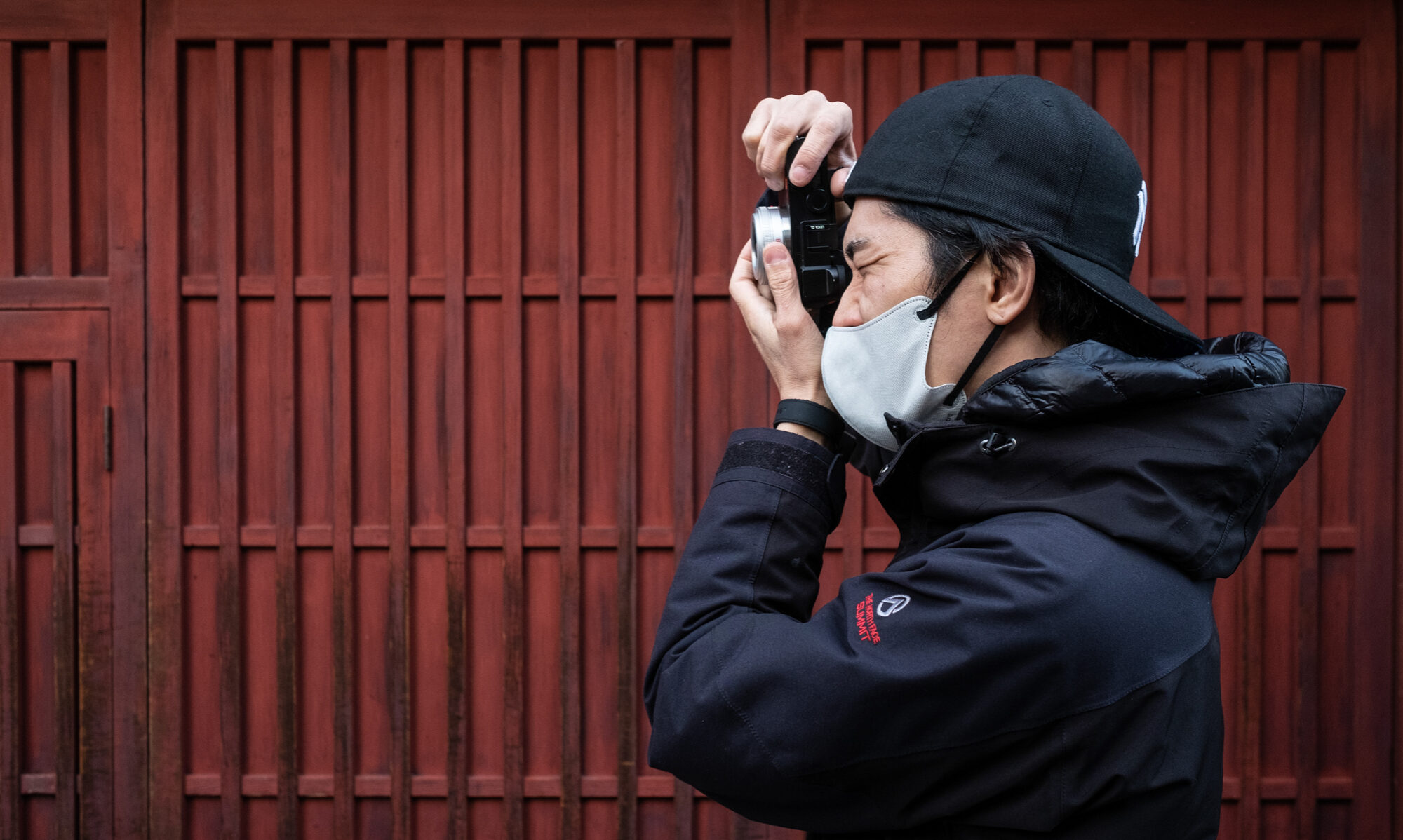The ISO rating is a term used in film-based photography to denote the film’s sensitivity to light: The higher the number, the less light needed to get the correct exposure. Even though no film is used in digital cameras, and therefore the underlying mechanisms for determining sensitivity are vastly different, the same terminology has been adopted because people are familiar with the concept. The same ISO numbers are used in digital as in film – 100, 200, 400, 800, and so on. As with a film camera, you can use the ISO setting on your digital camera to make it react with more or less sensitivity to light. But, unlike film, where you have to shoot the whole roll at the same setting, you can adjust the controls from one shot to the next with digital to suit different lighting conditions.
In low-light conditions or to capture fast-moving action, set the ISO to a higher number (400 or more). On bright, sunny days or in snow, set a lower number (200 or less). If you want to be sure of capturing every bit of t detail, use the lowest ISO setting for conditions. You can also adjust the brightness or darkness of the picture by using the camera’s exposure compensation button.

Open sky
In good light, use an ISO setting as low as possible (e.g. ISO 100 to insure optimal image quality.

Shooting indoors
Your eyes adjust to low light, but cameras need a bit of help. Set the ISO to a higher speed if you don’t mind shots that can look grainy, thanks to noise. However, I usually try to keep a low ISO and use a tripod, or at least hold the camera against a wall or on the back of a bench-anything to reduce camera shake at low shutter speed.


You must be logged in to post a comment.